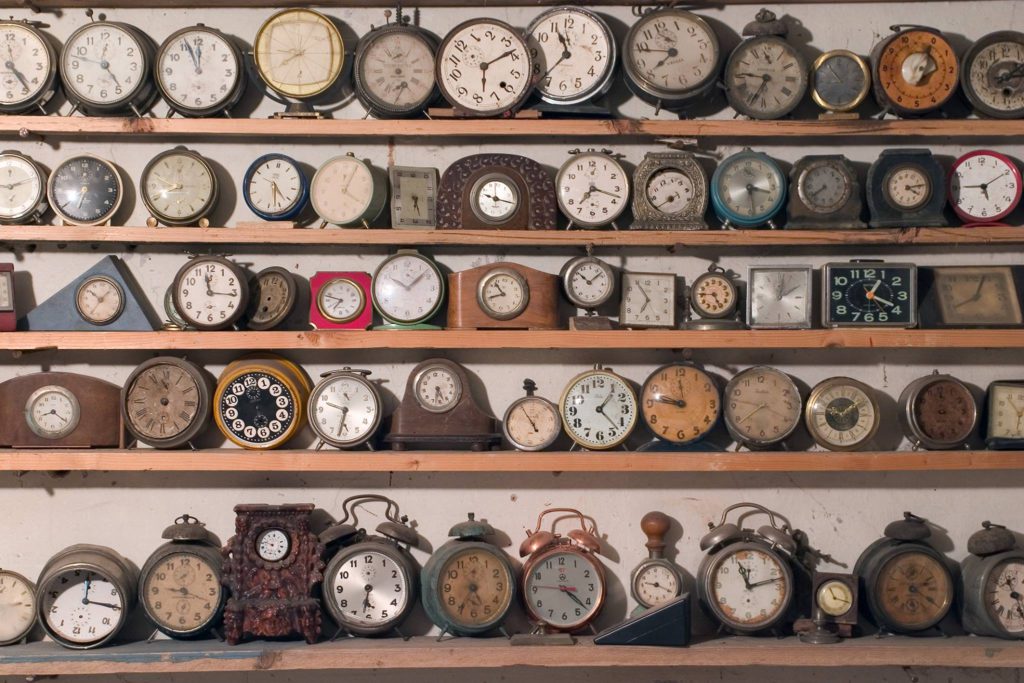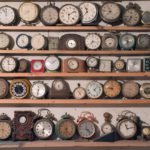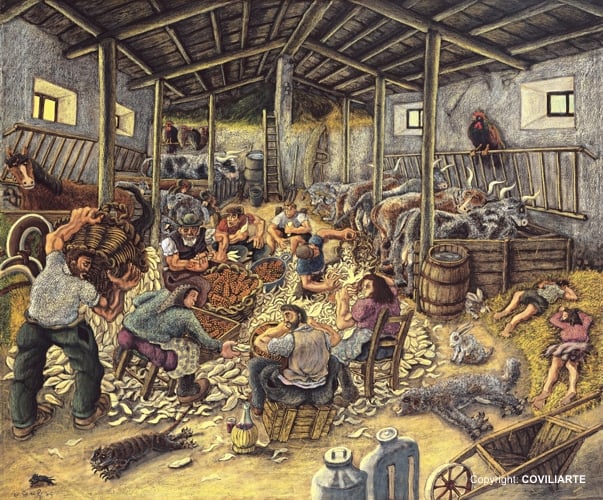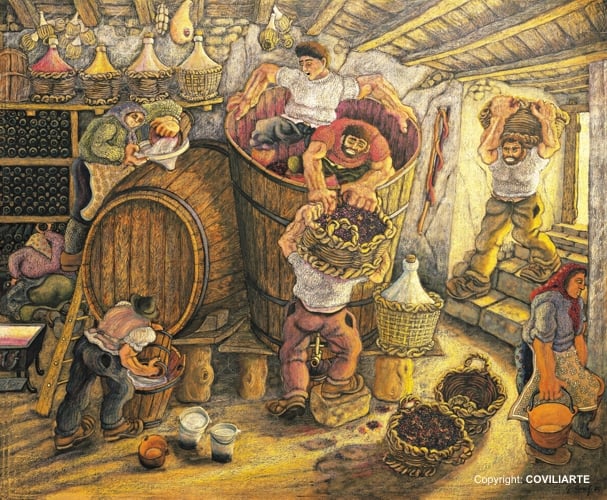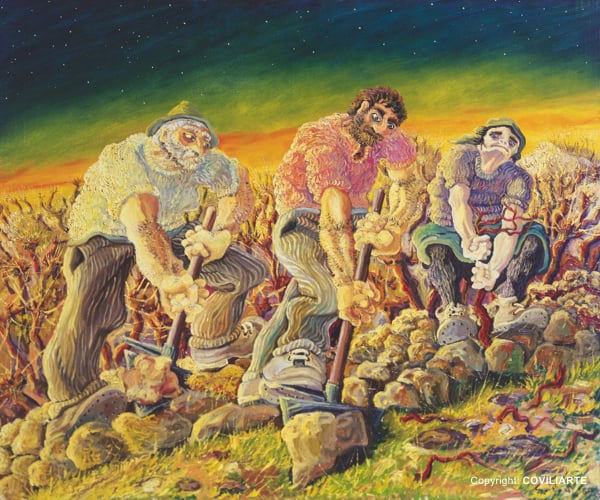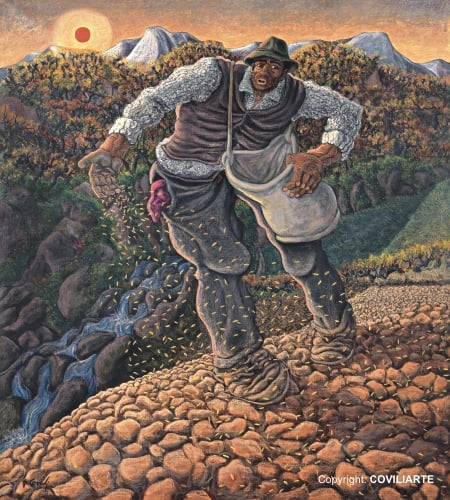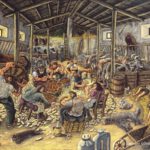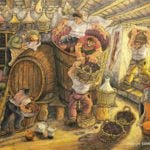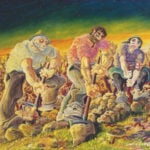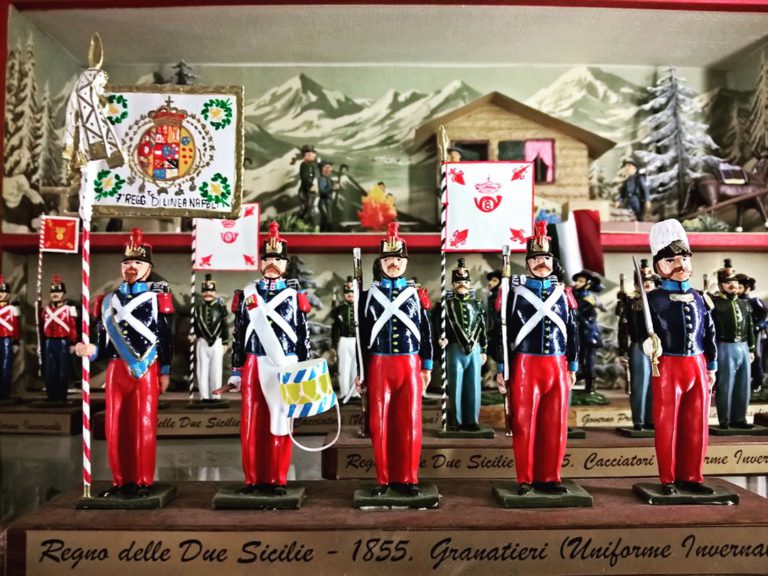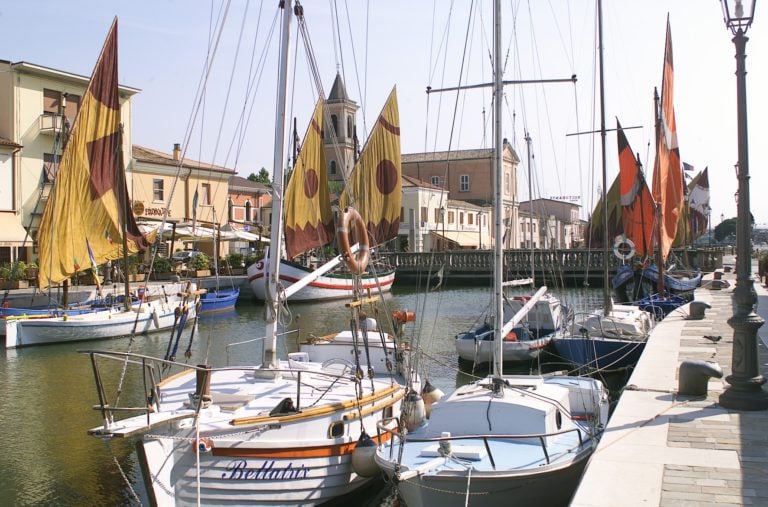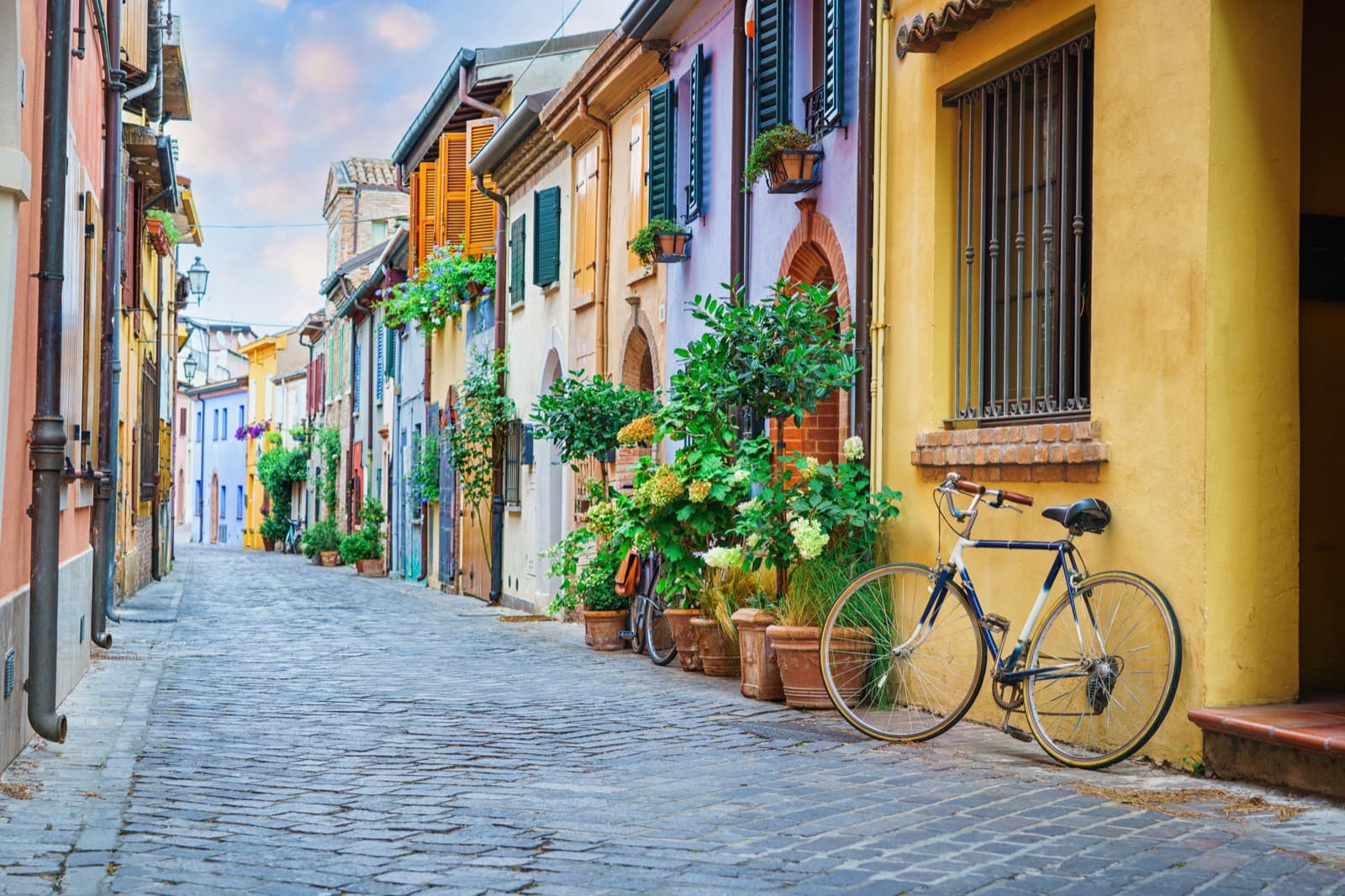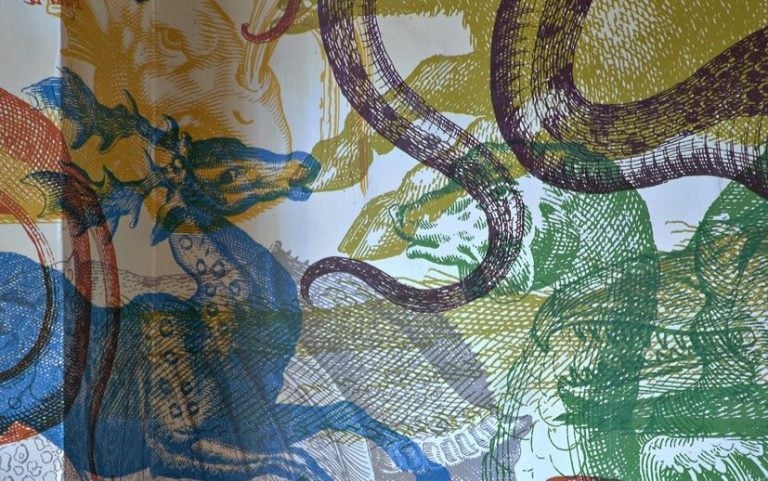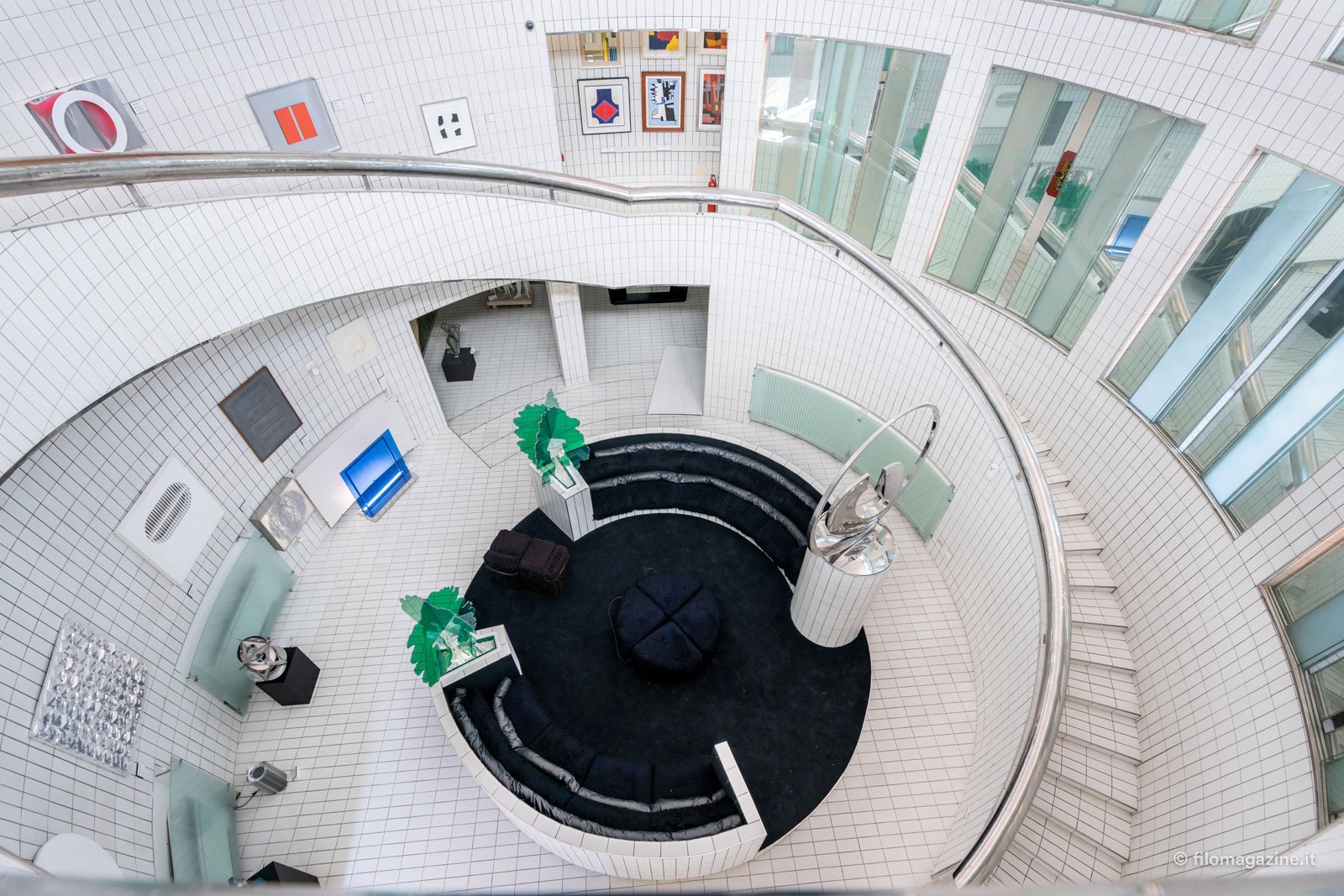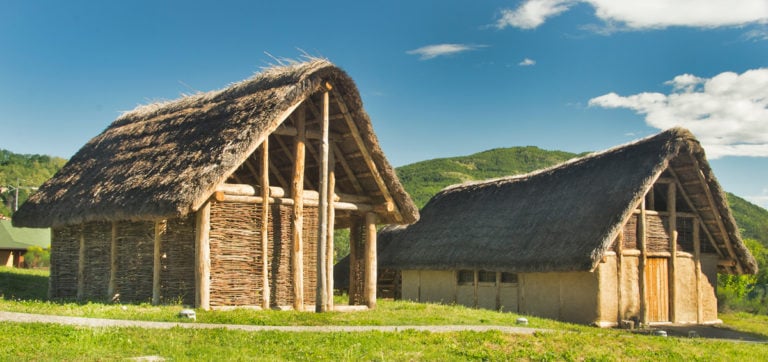Celebrate May Day, International Workers’ Day, with something special: let’s visit five museums dedicated to work in Emilia-Romagna.
All the museums have interesting stories to tell. In fact, you can often find much more than you think when you walk around these rooms. Today, to celebrate the 1st of May, we enter 5 special museums dedicated to work.
Ettore Guatelli Museum | Ozzano Taro (PR)
At the Ettore Guatelli Museum, exciting little things.
Why visit it. Few people know of the existence of this incredible museum (it is a beautiful old country house), which houses 60,000 objects, ordinary, colourful, curious. The writer and master farmer Ettore Guatelli (1902-2000) spent his life collecting them. Lined up, they create a cinematic and powerful effect. They tell the stories of those who owned them. Hammers, tongs, shovels, scissors, barrels, pestles, bicycles, coloured tins cover the walls in geometric patterns. They touch the heart.
What moves us. The beauty of everyday life that we usually ignore, the value of objects we have never known.
Info. The Ettore Guatelli Museum is located in Ozzano Taro, Collecchio, 20 km from Parma.
Covili House Museum | Pavullo nel Frignano (MO)
At the Covili House Museum, a swirling archaic and poetic peasant universe.
Why visit it. Hunters, shepherds, workers, travellers, sunsets, animals, life in motion: these are the never banal works of Gino Covili. An expressionist painter (not to be confused with Ligabue’s naive tendency) who knows how to move us by taking us back to a peasant, archaic and ancestral world, where he was born and grew up in absolute poverty. He had very famous admirers on the Italian cultural scene, such as Luchino Visconti, Cesare Zavattini and Vittorio Storaro.
What moves us. Covili’s poetic universe. Poetry and energy. Bright colours, swirling movements.
Info. The Casa Museo Covili is located in Pavullo nel Frignano (MO), in the Tuscan-Emilian Apennines, 40 km from Modena. It is located on the border between the woods and the city, a reminder that Gino Covili’s path has always been a balance between art, nature and culture.
For further information visit coviliarte.com and ginocovili.com.
Gino Covili | La Spannocchiata, 1976
Gino Covili | La pigiatura dell’uva, 1975
Gino Covili | Contadini al Lavoro, 1969
Gino Covili | Il seminatore, 1998
Verzocchi Collection | Forlì
At the Verzocchi Collection, 70 great artists paint the work.
Why visit it. There is a curious story behind the 70 paintings by acclaimed contemporary artists – such as Carrà, De Chirico, Guttuso, Sironi, Campigli – on display at the Verzocchi Collection in Forlì. The story is that of the Forlì industrialist Giuseppe Verzocchi (1887-1970), who decided to commission a painting inspired by work to the most important artists around. The work had to comply with certain rules: the theme, the size (70/100), the inclusion of a small brick (the product that Verzocchi produced and sold) and, finally, a small self-portrait aside. Everyone accepted the offer, except the bolognese painter Giorgio Morandi.
What moves us. The section with the small self-portraits of the artists with a short autographed writing about their works.
Info. The Verzocchi Collection is housed in the Palazzo Romagnoli in Forlì.
Discover the collection room by room with the interactive map.
Ceramic Museum | Fiorano Modenese (MO)
At the Ceramic Museum of Fiorano Modenese, the epic of tiles.
Why visit it. We all have ceramics in our homes, above all tiles. But perhaps not everyone knows that the history of ceramic production dates back to the Neolithic period and that, after seven millennia, it is now facing the challenges of the future. This museum, located in the heart of the ceramics district (more than 300 companies of world renown), reproduces ancient prehistoric kilns, Roman and late medieval firing systems and, above all, the stories of the people who dedicated their lives to it.
What moves us. The testimonies of the old workers who tell us what it was like to work in those days, the strong friendships and solidarity that were born in this world.
Info. The Ceramic Museum of Fiorano Modenese, 18 km from the centre of Modena, is located in the beautiful Spezzano Castle.
Museo del Patrimonio Industriale | Bologna
At the Museum of Industrial Heritage, Bologna city of water.
Why visit it. Imagine three gleaming floors, 3500 square metres, with the entire economic-productive history of the city. This is the moment when you become aware of the genus loci, the knowledge and skills of Bologna. There are six itineraries with collections of scientific instruments, models, cars, engines and machines that belonged to the Aldini-Valeriani Institution. The most spectacular is a kind of large wooden carousel with mysterious wheels, arms and gears: it is the “Bolognese silk mill”, a famous instrument for twisting silk thread, from which precious yarns could be obtained. Through films, interactive stations, models and working models, you can relive the history of Bologna, a city that lived on water.
What moves us. Certainly the great silk mill. And then the building: an old brick kiln, renovated, dating back to the second half of the 19th century. Outside is the Navile canal, a rare testimony of the canals that once characterised Bologna.
Info. The Museum of Industrial Heritage is located on the outskirts of Bologna (Via della Beverara 123) and is part of the Musei Civici di Bologna.
Author
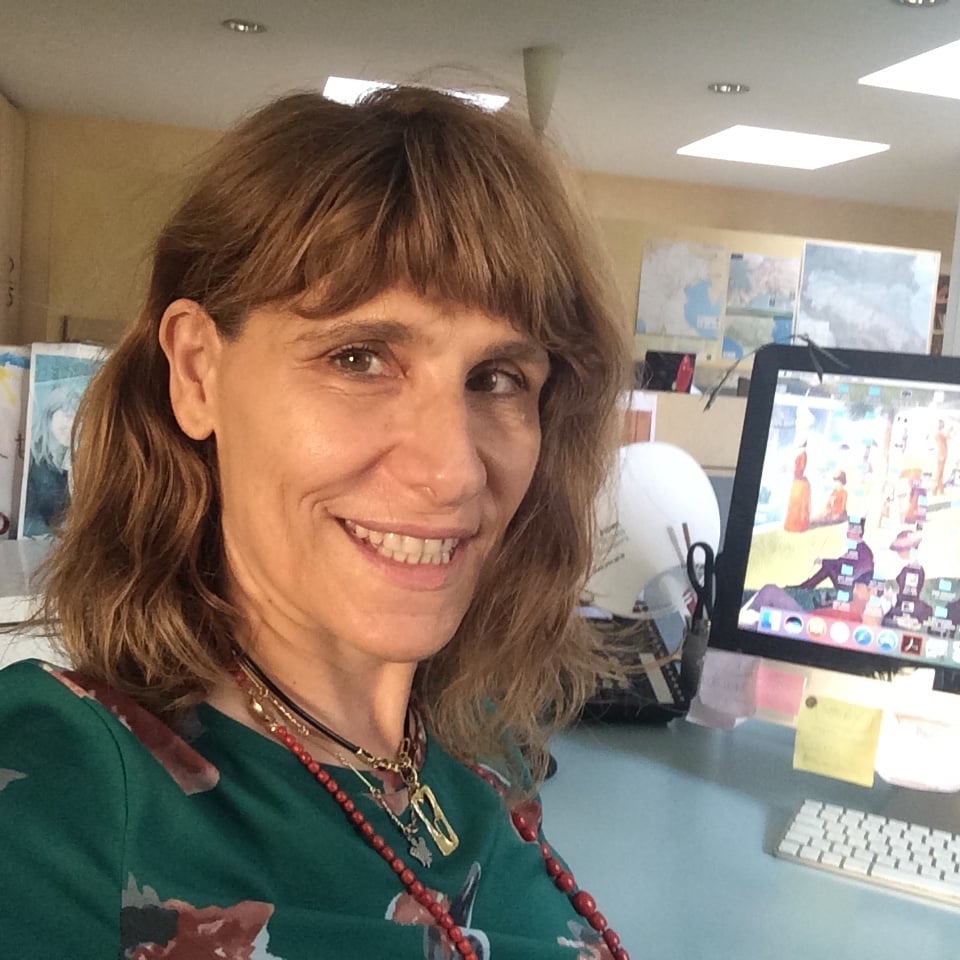
Daniela Camboni
Journalist and mum.
Traveller. I adore happy endings.
You may also like
Curious Museums #inEmiliaRomagna | Bologna and surroundings
by Lo Staff /// December 17, 2017

Interested in our newsletter?
Every first of the month, an email (in Italian) with selected contents and upcoming events.
by Lo Staff ///
7 museums in Emilia-Romagna you can visit for free
by Elisa Mazzini /// August 30, 2016
12 hidden art collections in Emilia-Romagna
by Tatiana Tomasetta /// February 21, 2024
